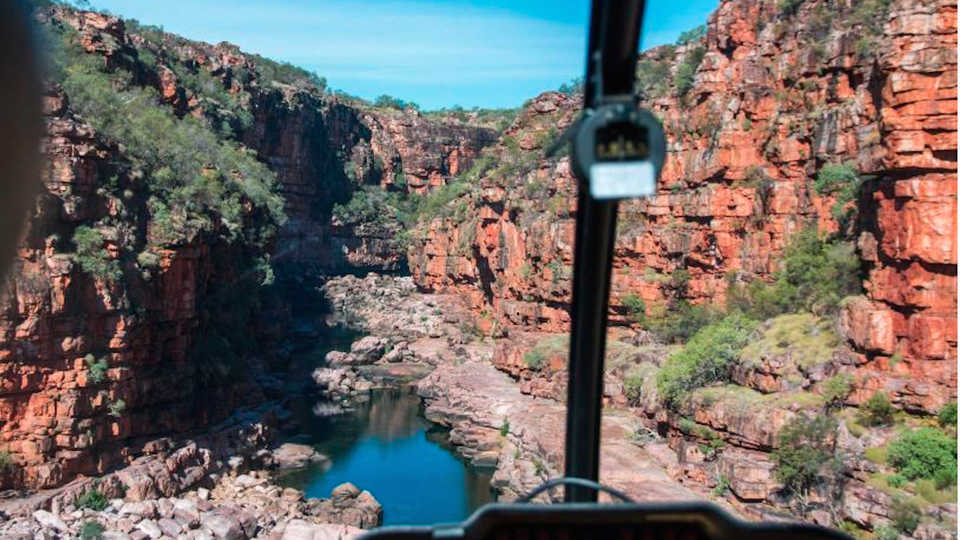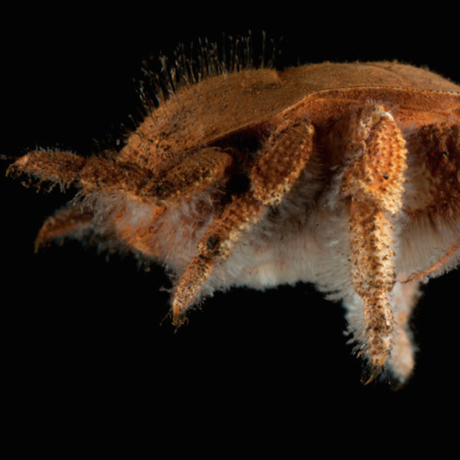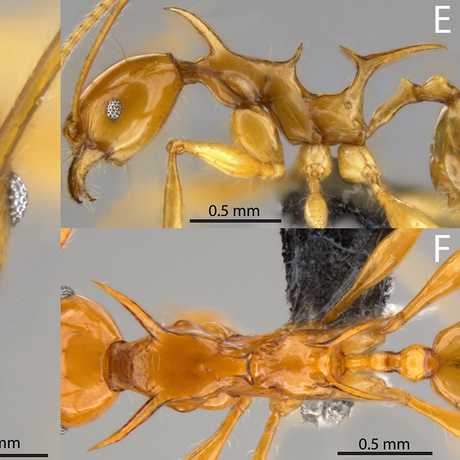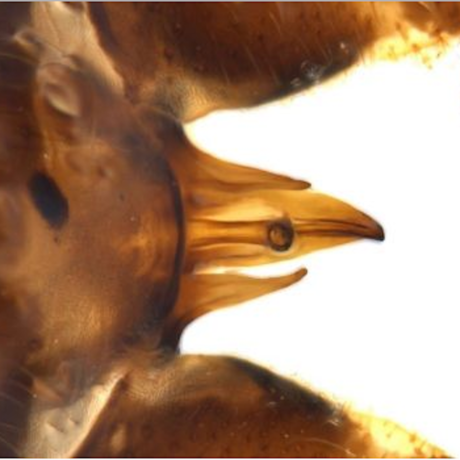Science News
New Discoveries: By the Numbers

Happy New Year from New Discoveries, a collaboration between Stanford and Academy scientists and staff highlighting new species descriptions and publications. Appearing on the second and fourth Wednesdays of every month, we highlight how much we still have left to discover in the natural world.
Two Frogs
Two new frogs were described last month from a northern remote area of Madagascar known as the Tsaratanana Massif. At 2,880 meters (9,449 feet), the region is also the highest point of the island, and one of the most hard to reach. The team able to reach the area discovered both Rombophryne ornata and Rombophryne tany on the forest floor. R. ornata is named for its red coloring; R. tany is named for its brownish coloring. The new frogs live in a protected national park that is hard to access, so the scientists are hopeful these new frogs will be around for a long time.
Six Beetles
Every year, Plymouth University’s David Bilton takes a group of undergraduates to lovely Namaqualand, a region in South Africa and Namibia, to sample the biodiversity in the region. (Lucky undergrads!) His team discovered several new species of water beetles in just two days in the Bokkeveld plateau, a finding that Bilton chalks up to the hardy rainy season. “Six new species in two days is an astonishing number of water beetles from a small semi-arid area, and this suggests that additional unknown species live in the region,” Bilton says. “It seems the reliable winter rains of the Bokkeveld not only support a unique flora, but have also allowed the survival of lots of freshwater life.”
Twenty Fish
In September we noted that many new species were coming out of the remote Kimberley region in Western Australia, and 2016 brings even more—this time in freshwater fish. In a study published in the February issue of Global Ecology and Biogeography, University of Melbourne’s Tim Dempster and colleagues describe 20 new species from rivers in the area. Remarkably, this increases the number of freshwater fish described in Australia by 10 percent!
The discoveries were quite treacherous with twelve of the species found over an intense three-week period where the researchers used a helicopter to access some very remote rivers. There was even a crocodile encounter along the way. Overall, the team found that the new species spanned three different families and one was named for Australian author Tim Winton. “These fish and these discoveries are really important and it's really important for us to keep alive what keeps those fish alive, which is the freshwater waterways of the Kimberley,” the writer told ABC News Australia.
Image, The team dropped into remote Kimberley gorges by helicopter: Matthew Le Feuvre and James Shelley


